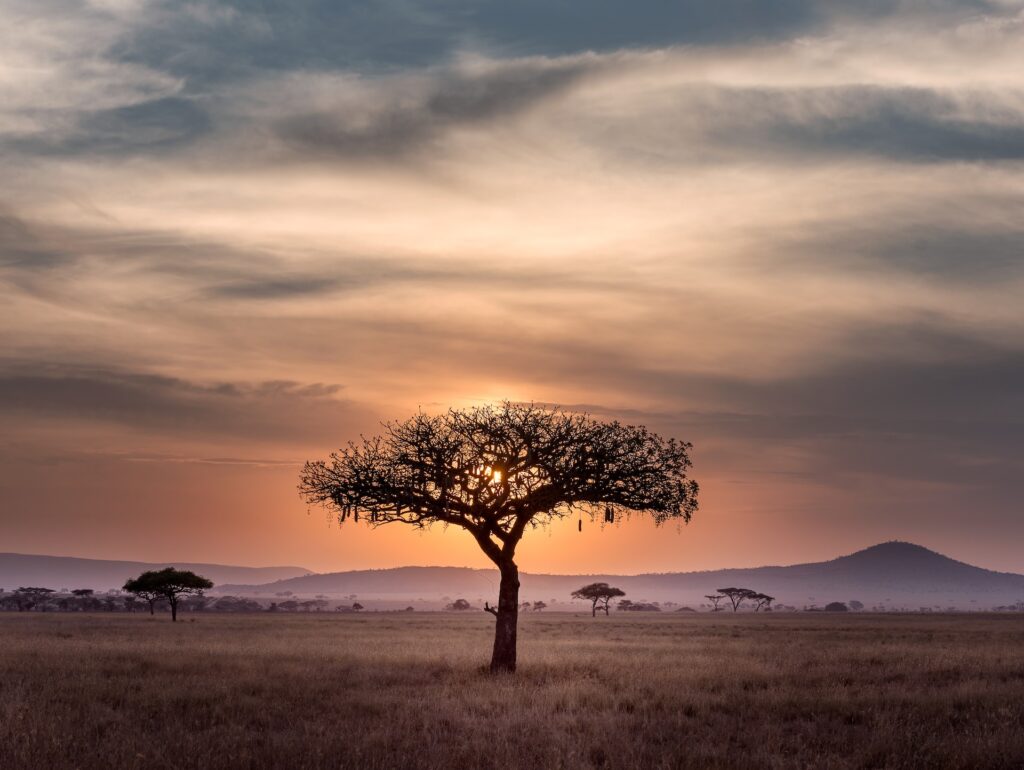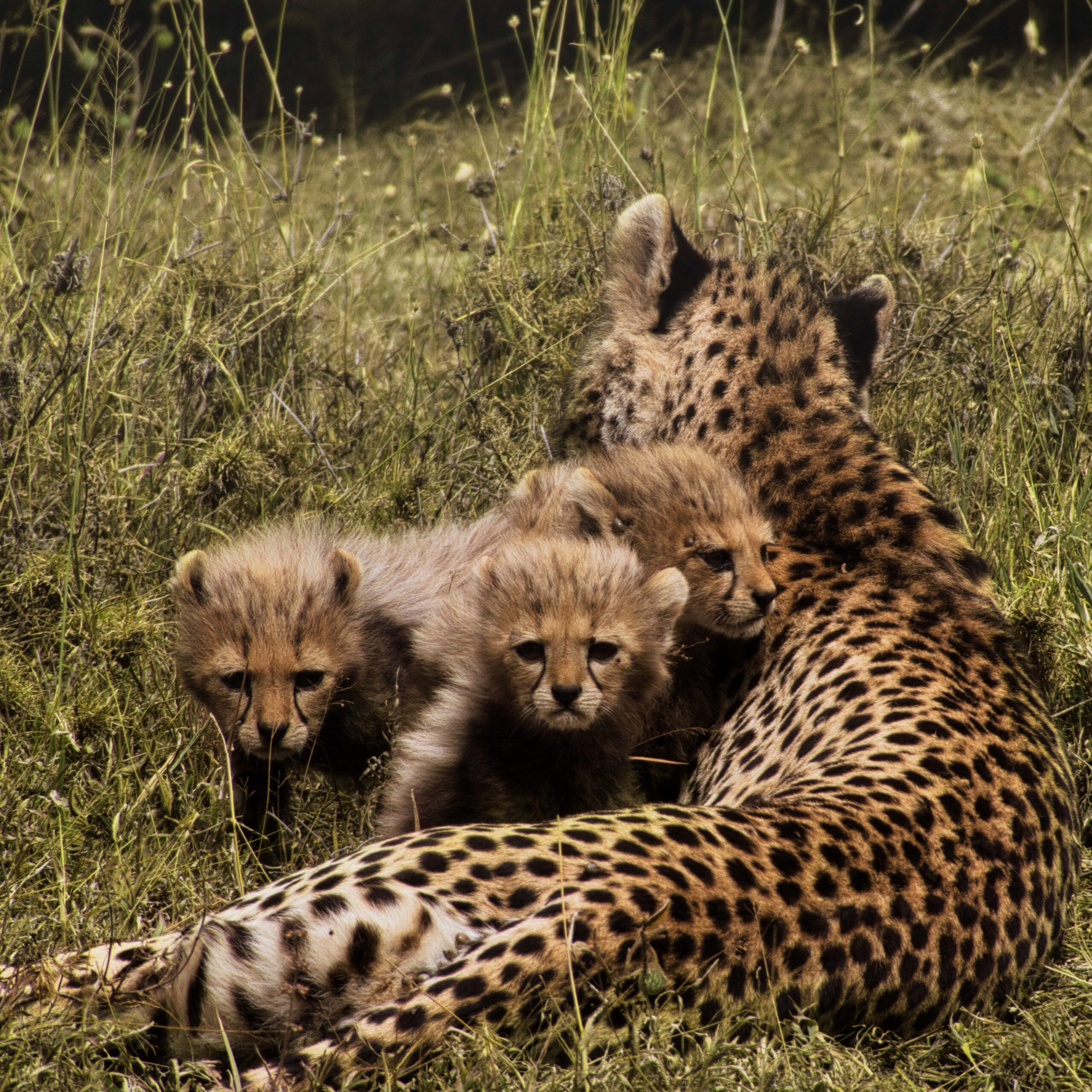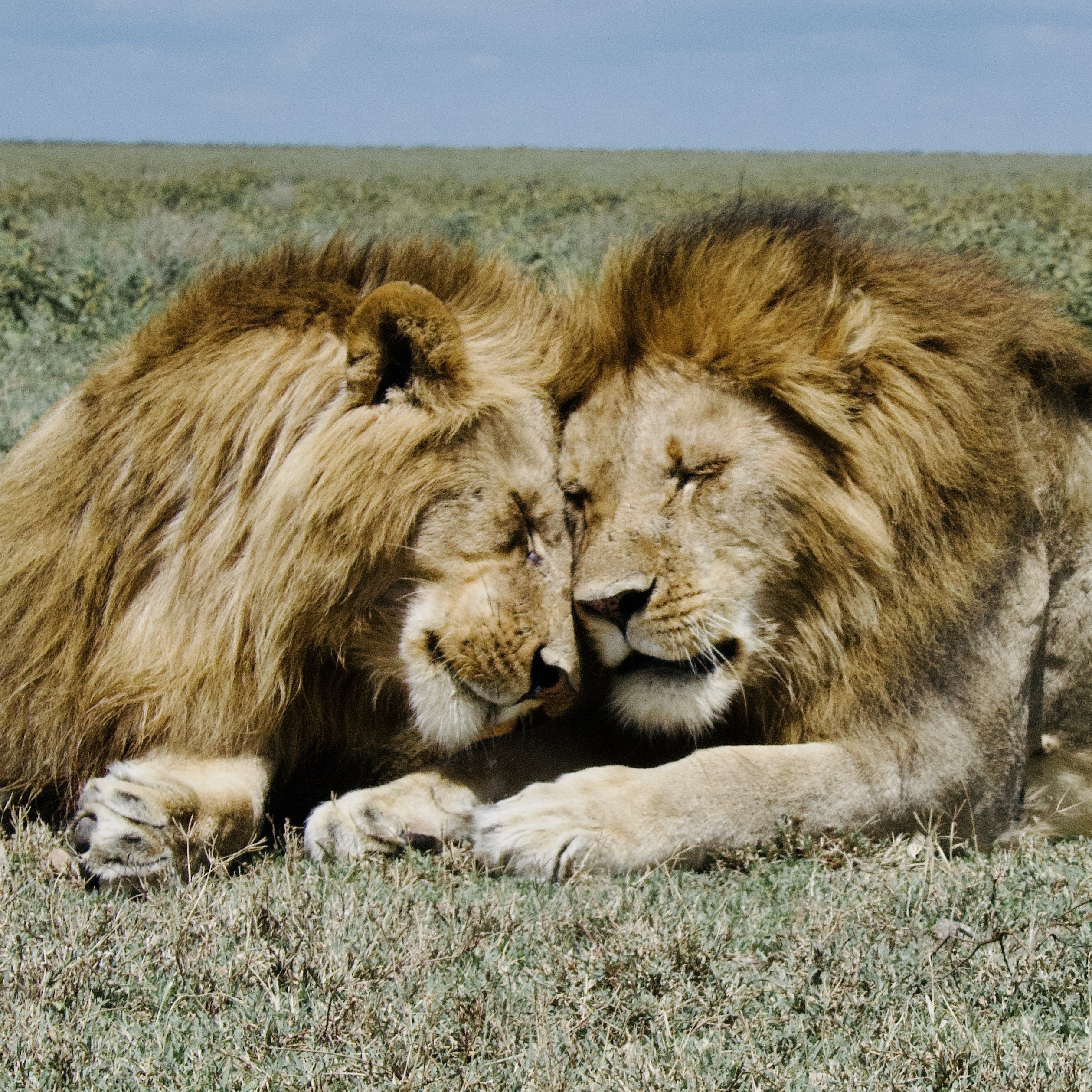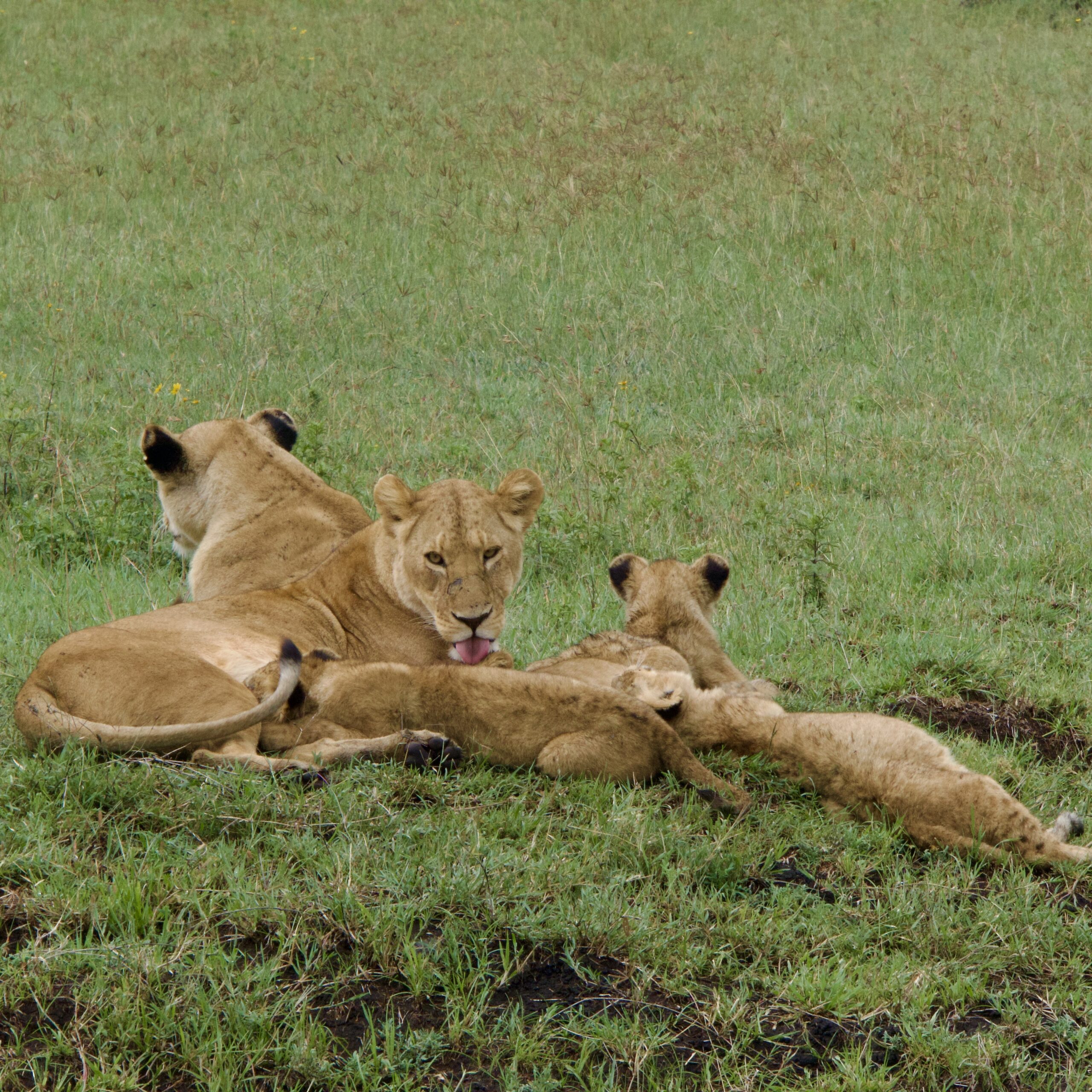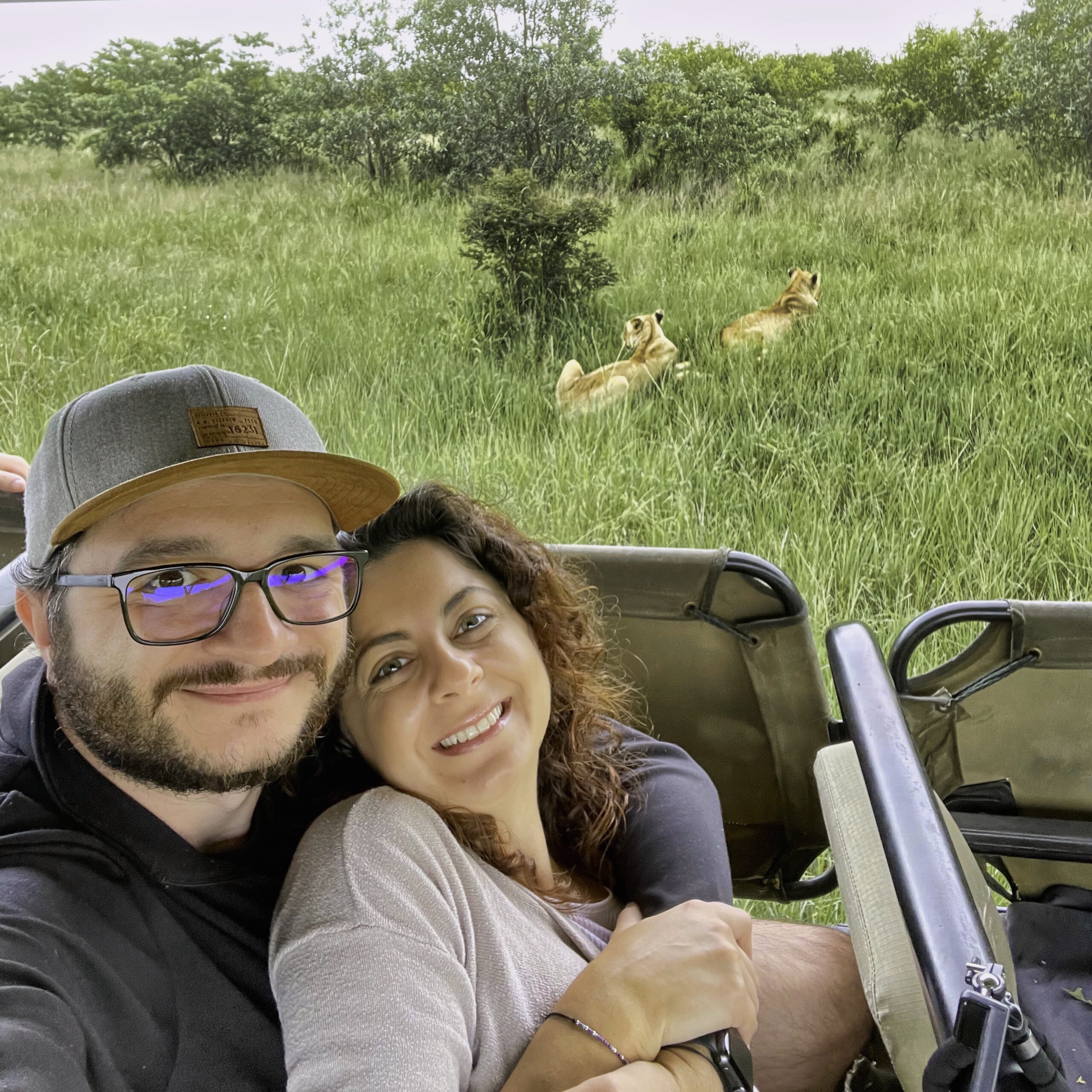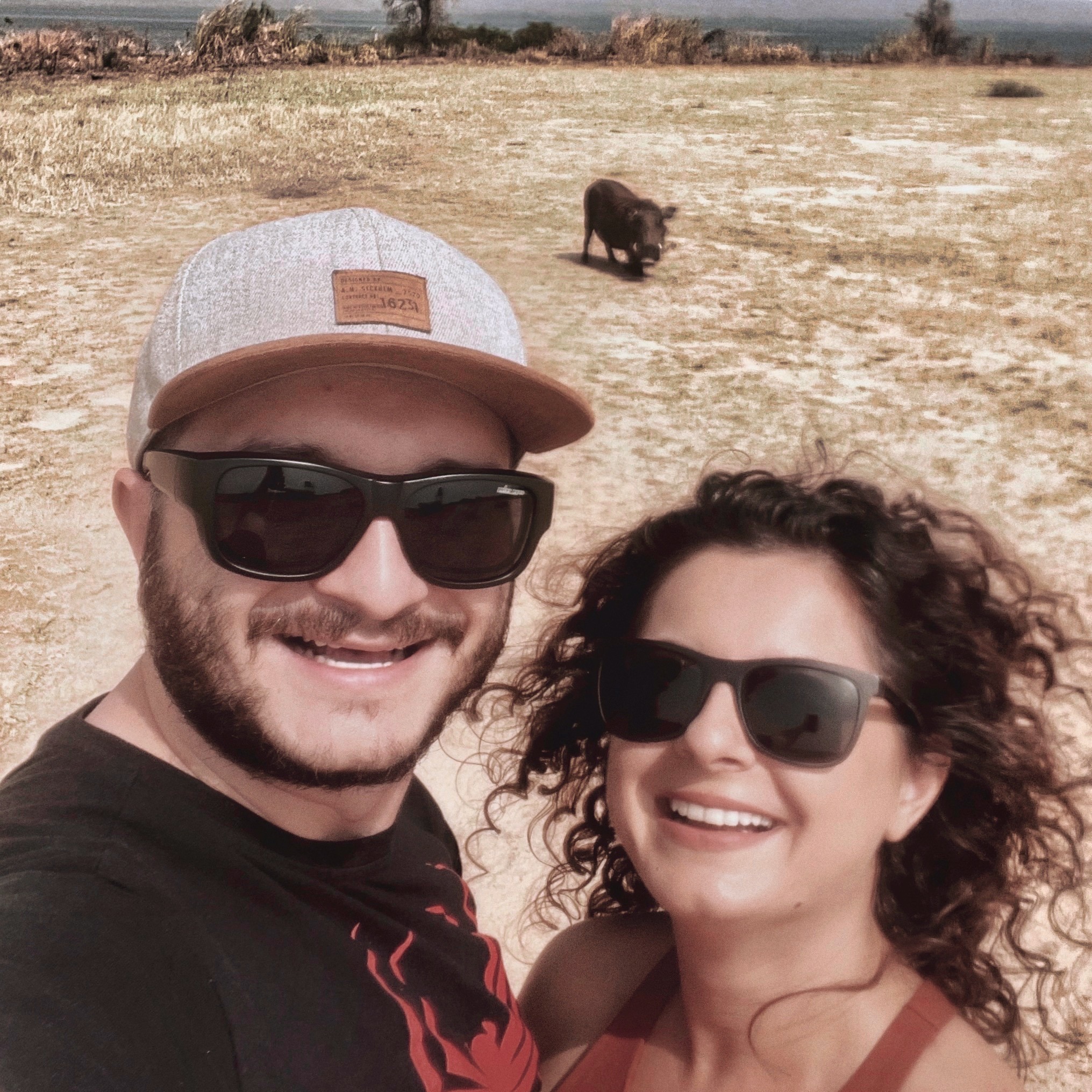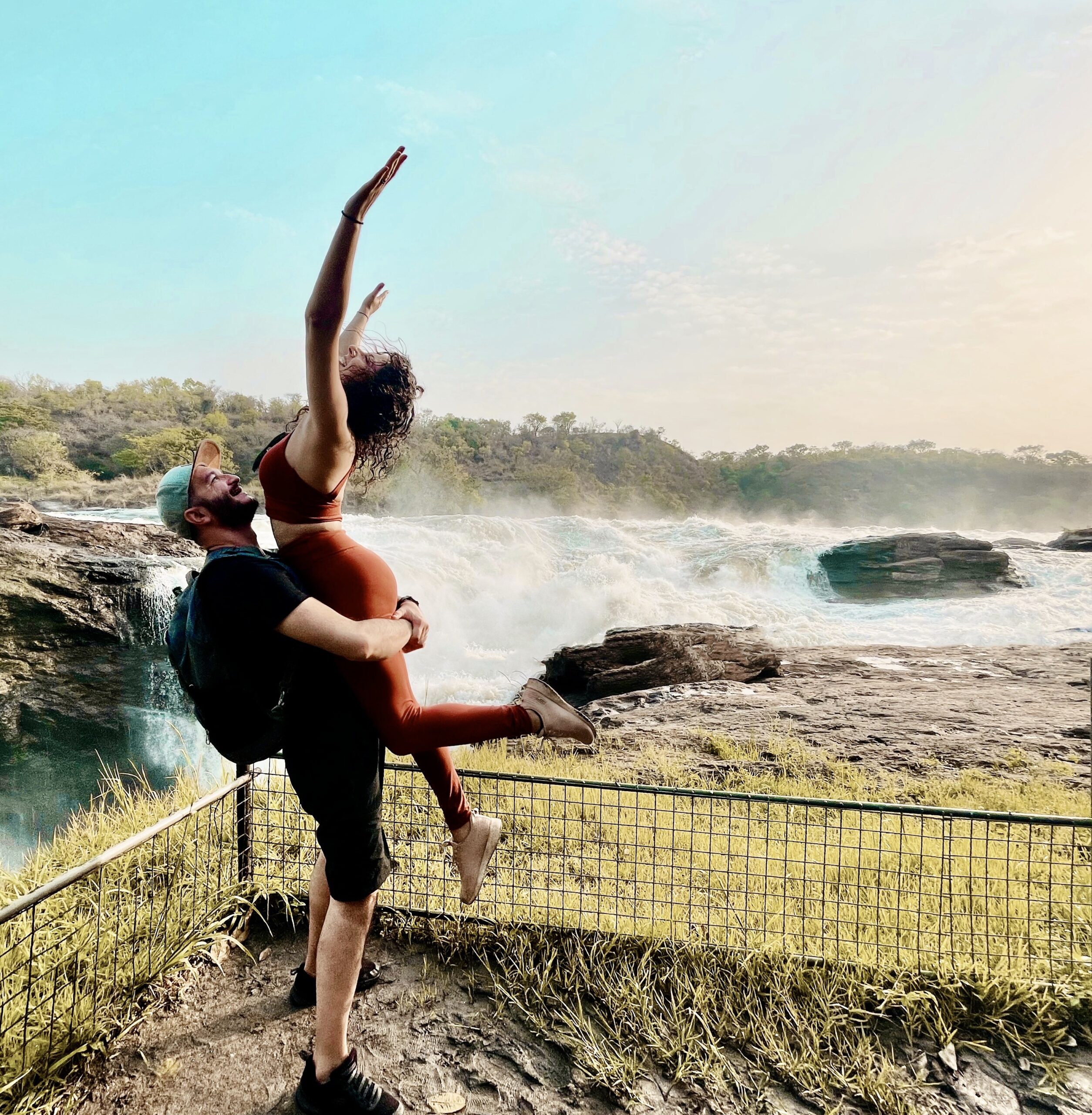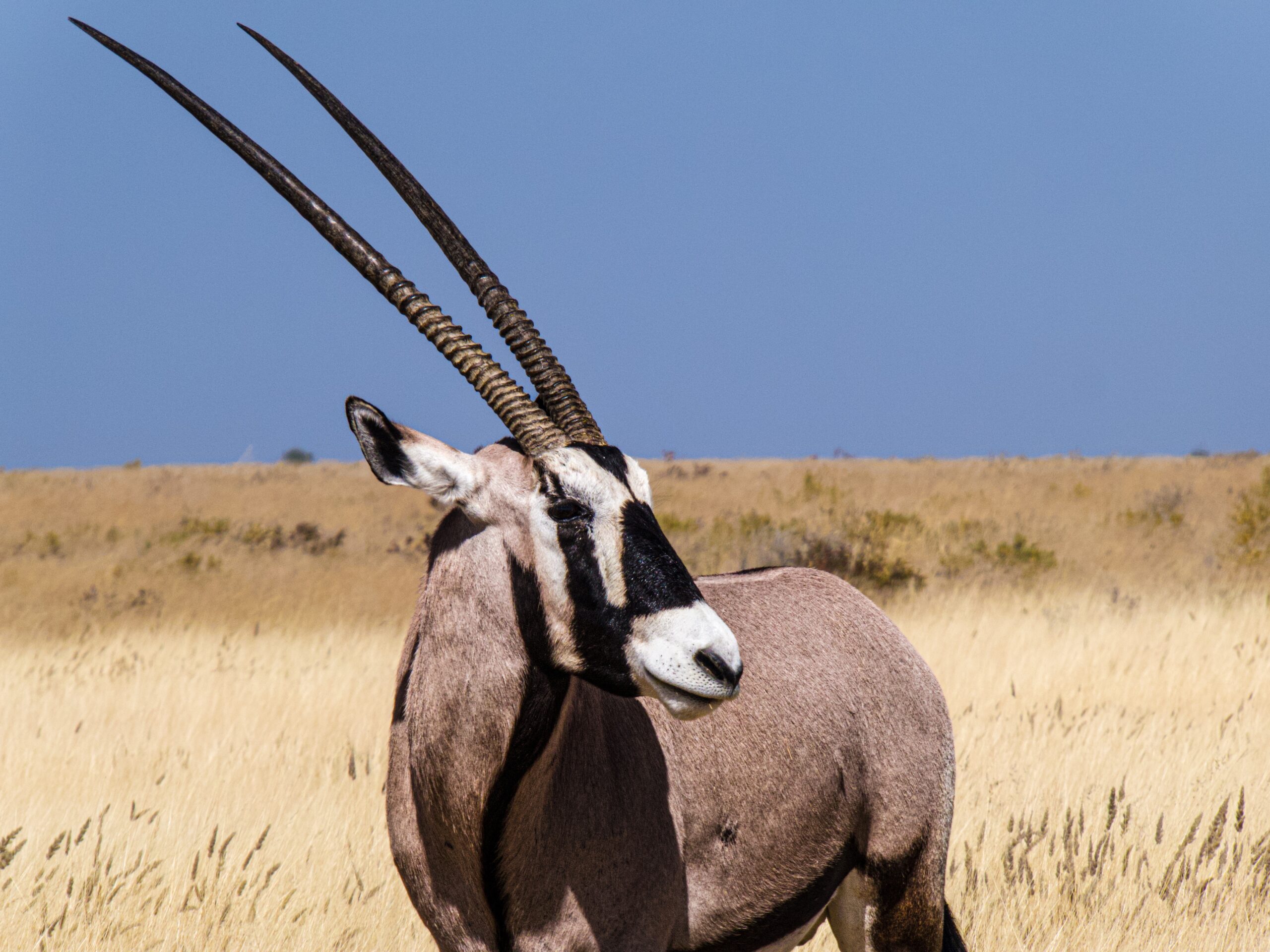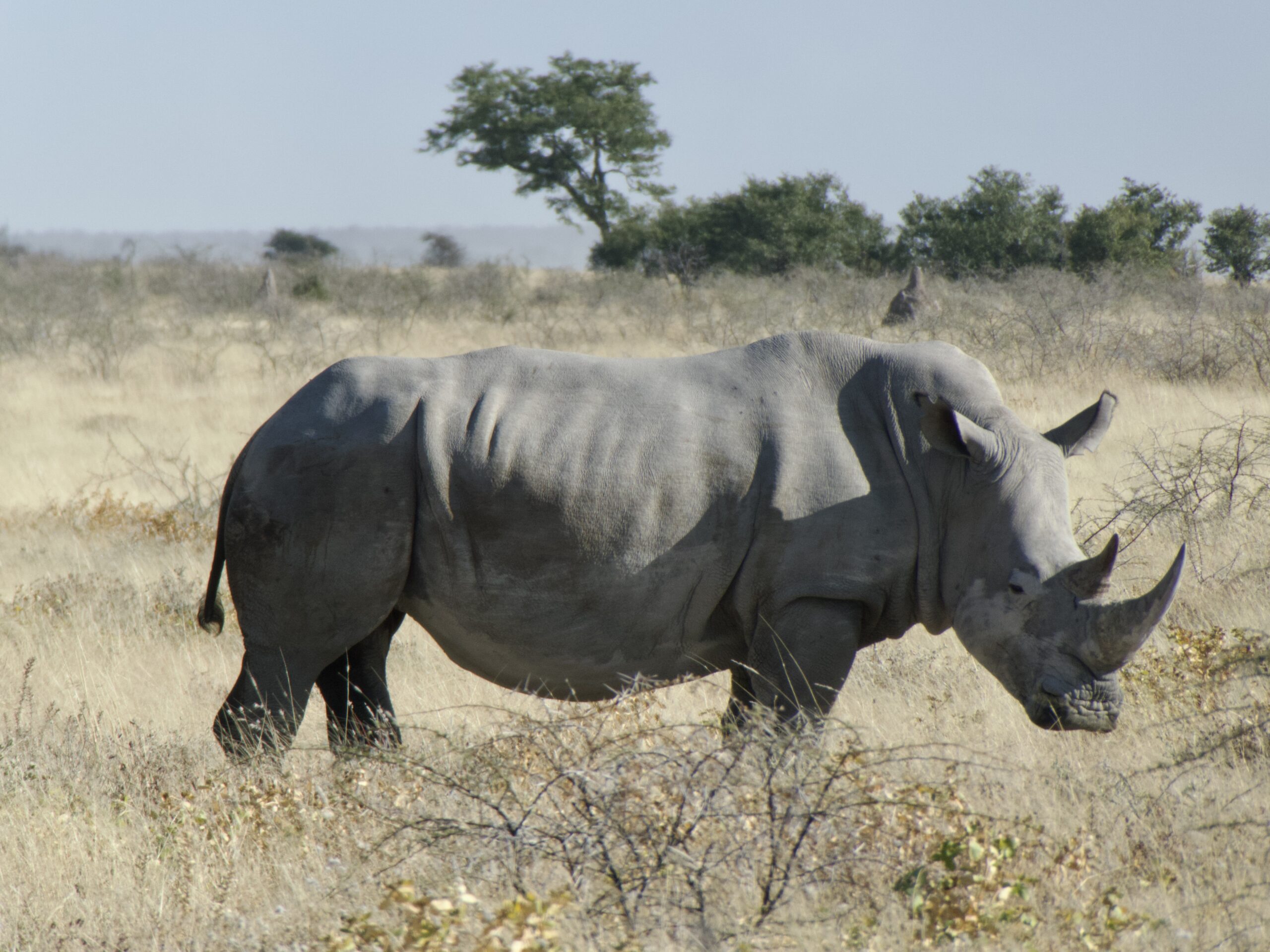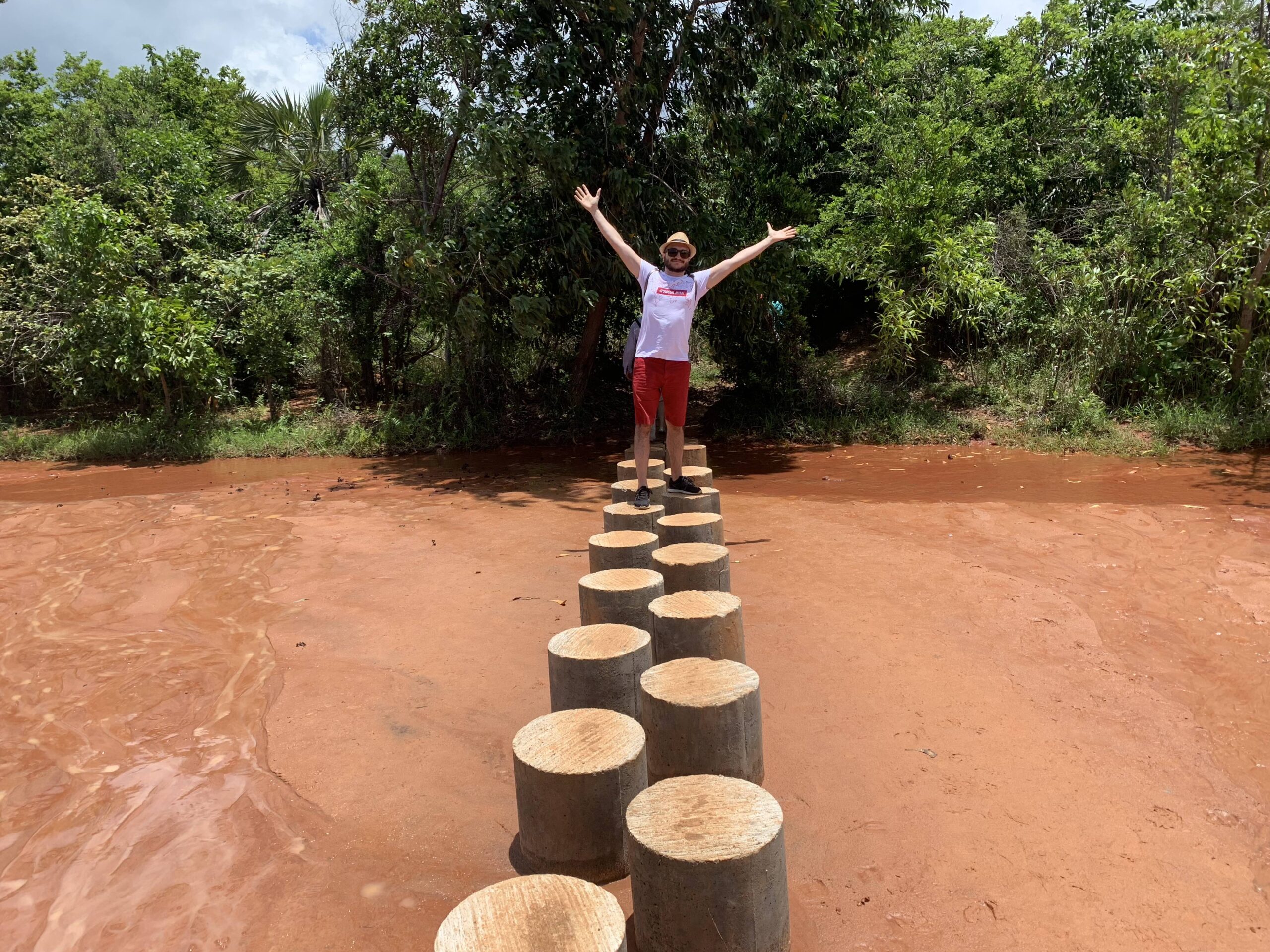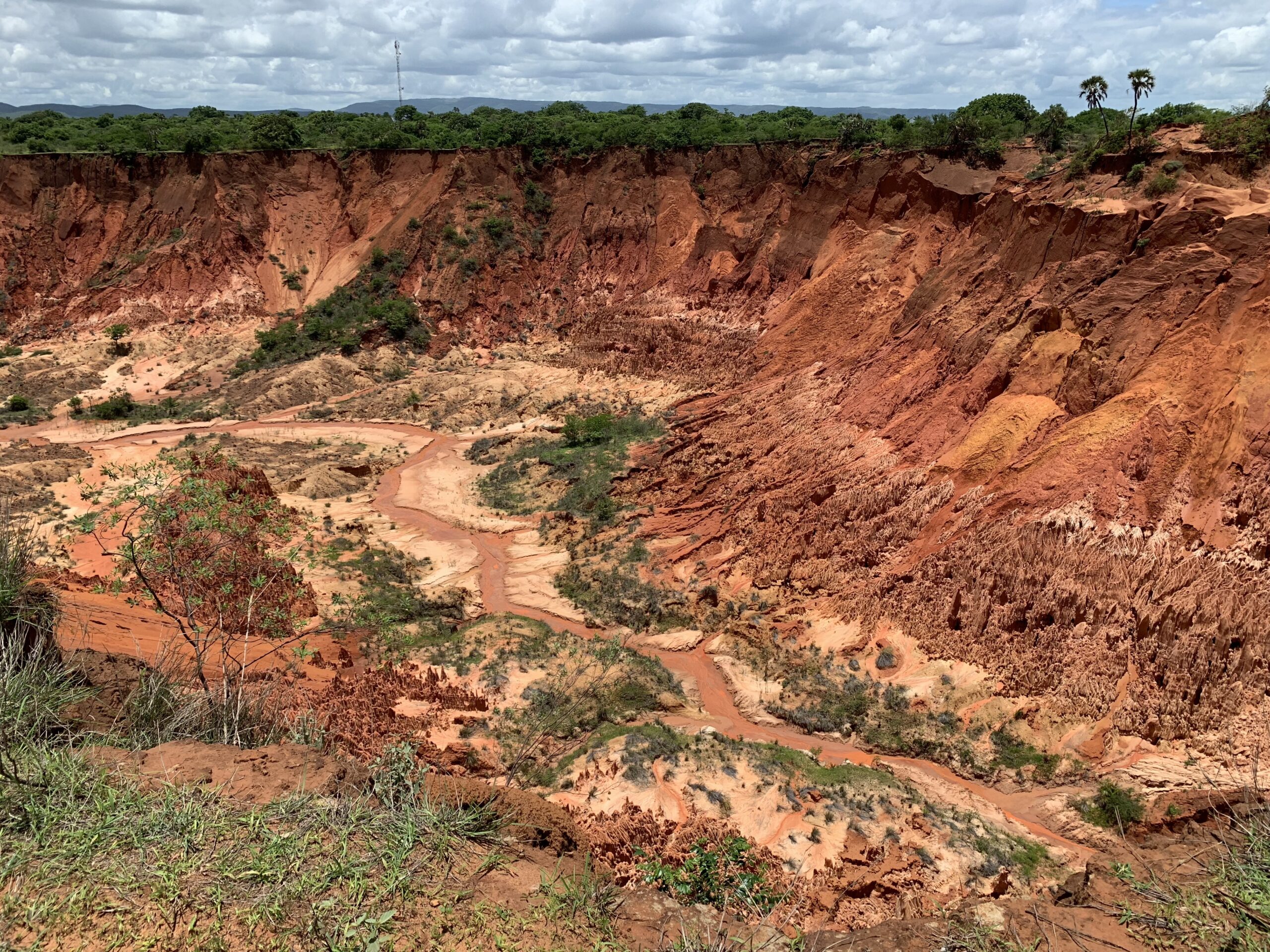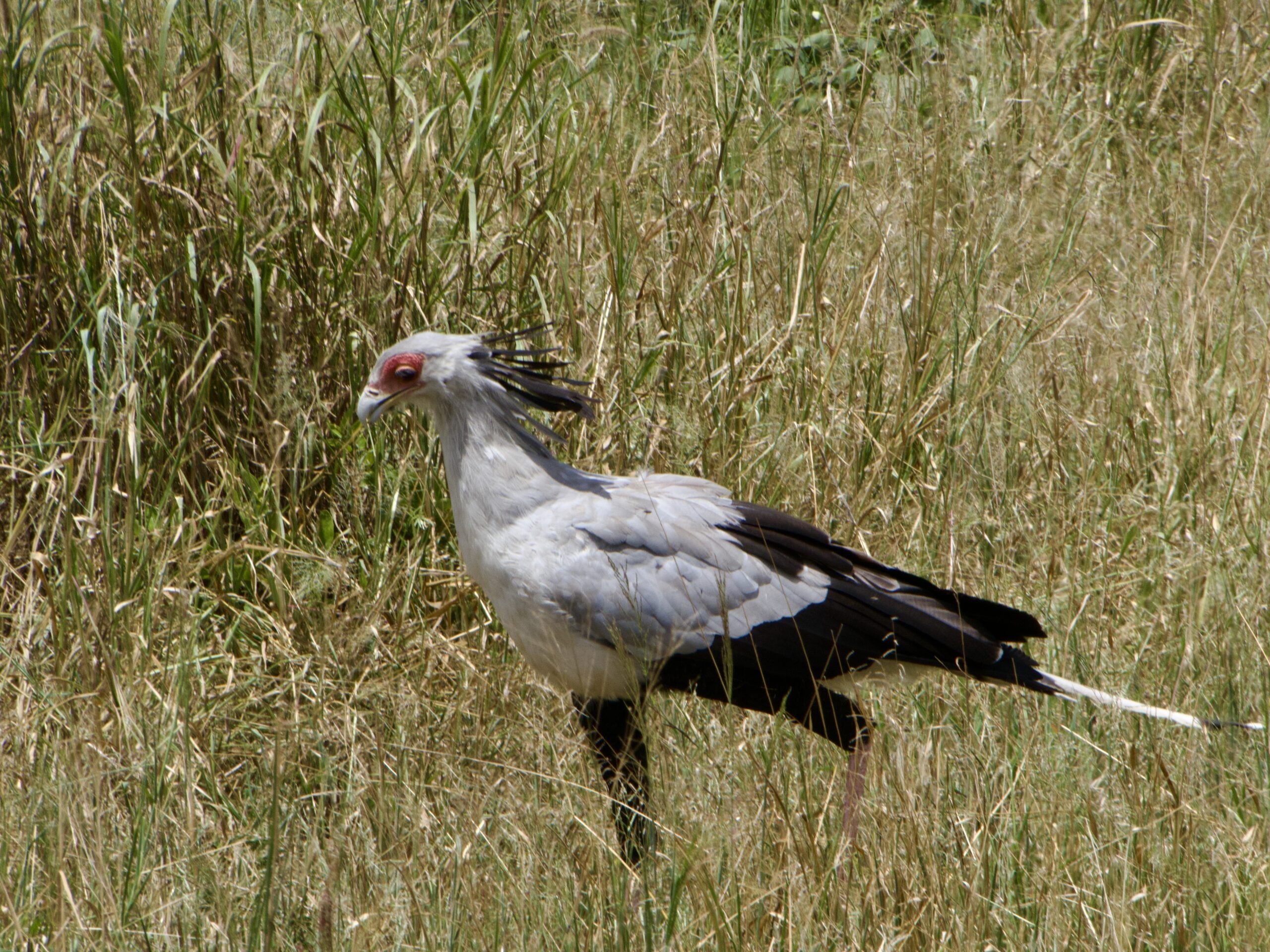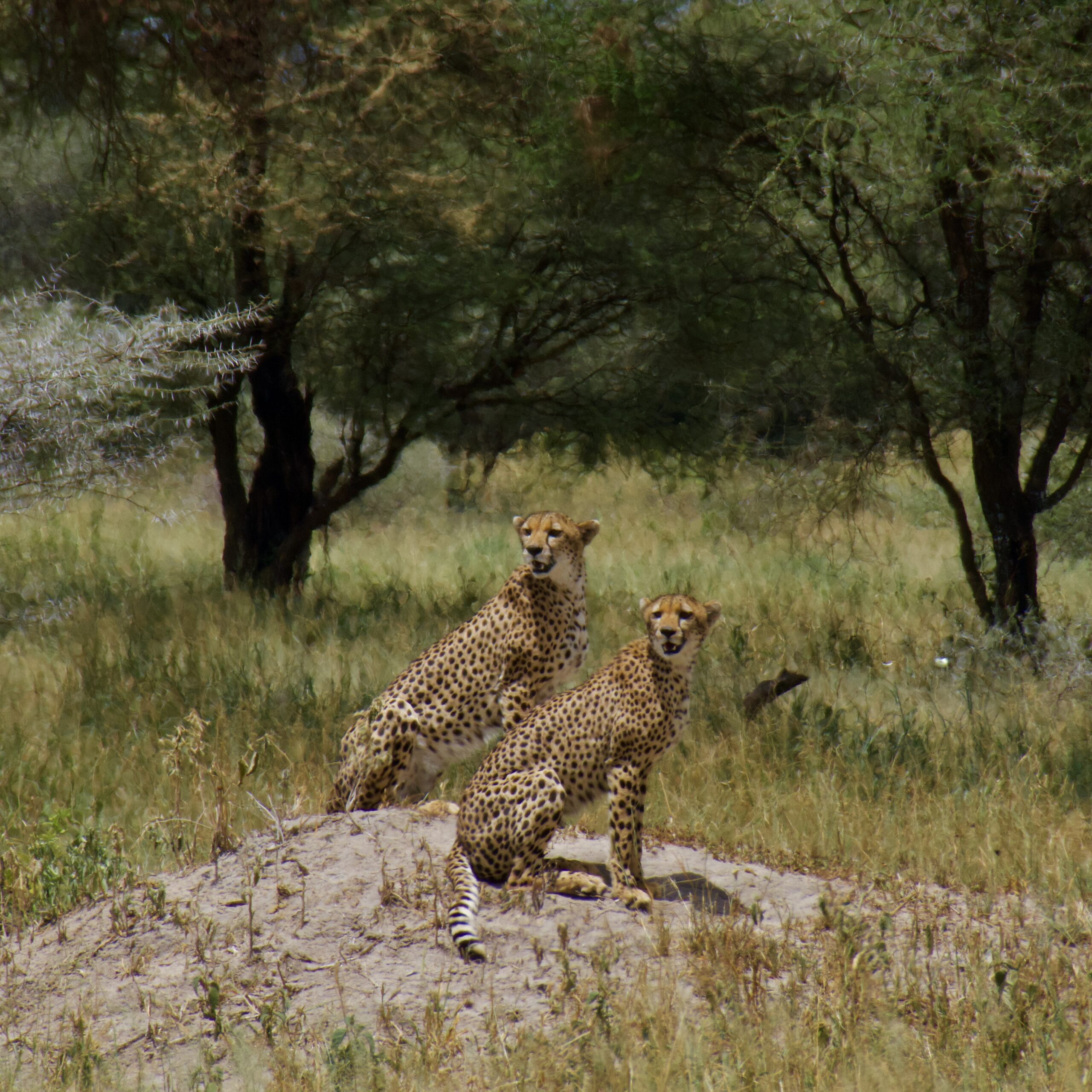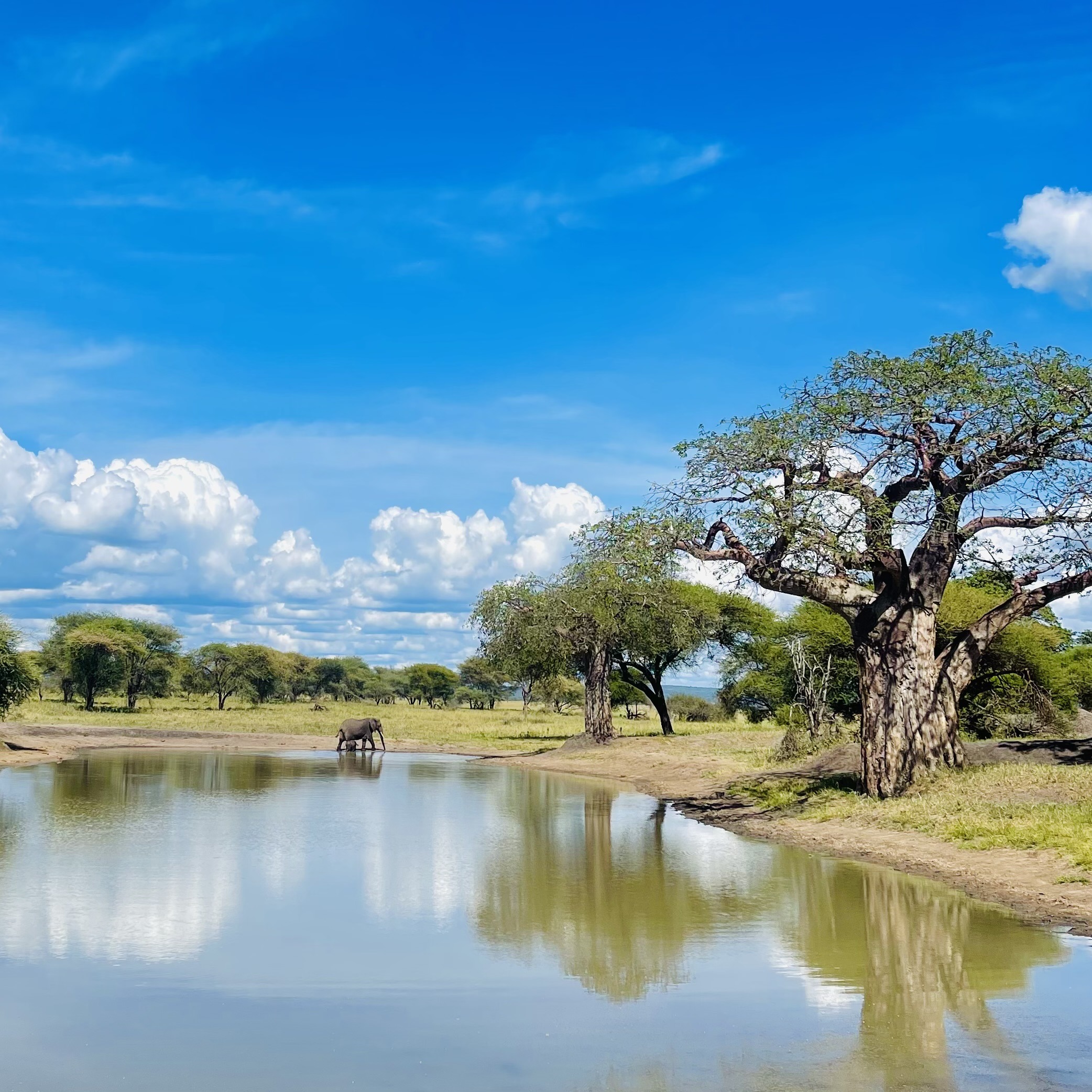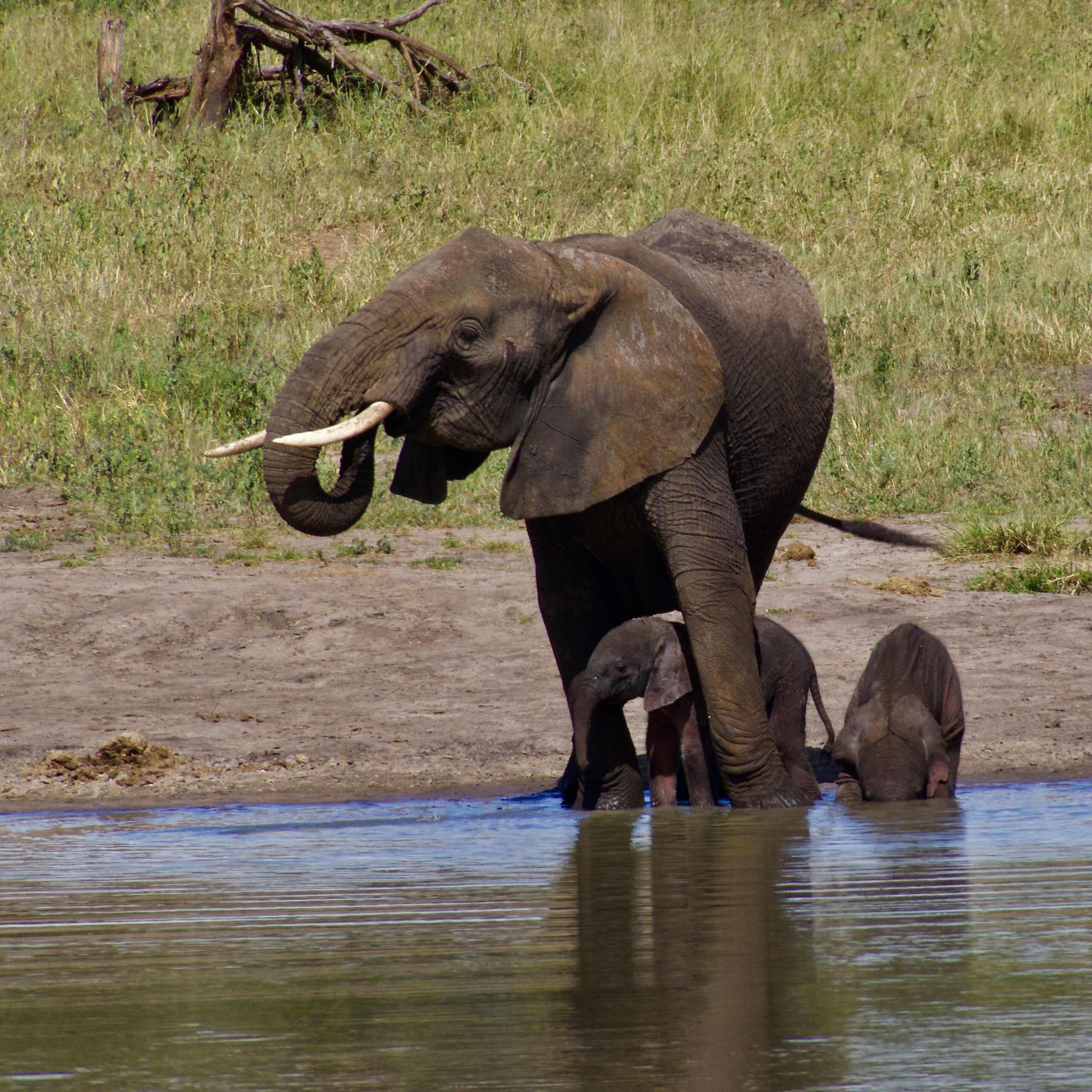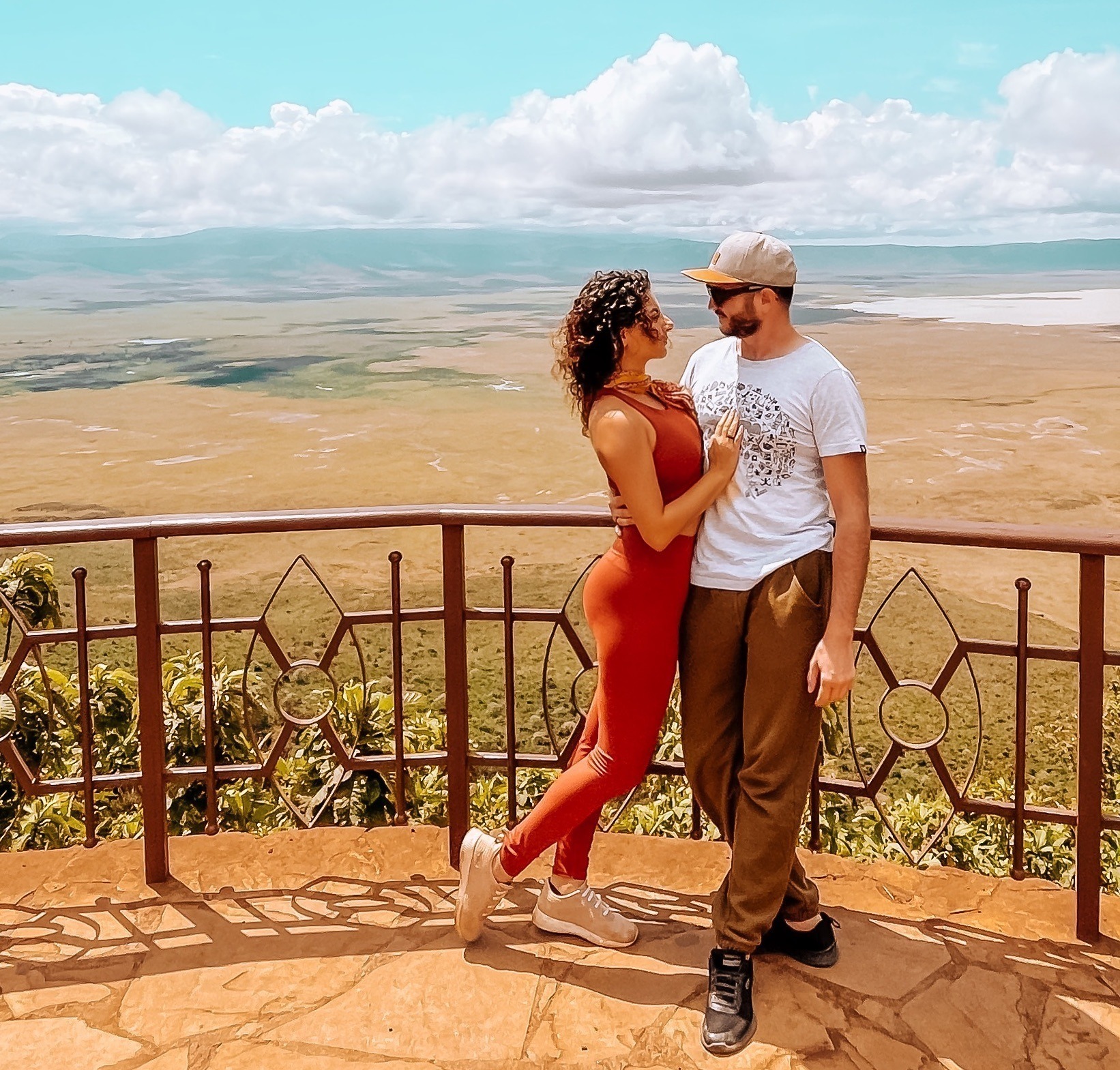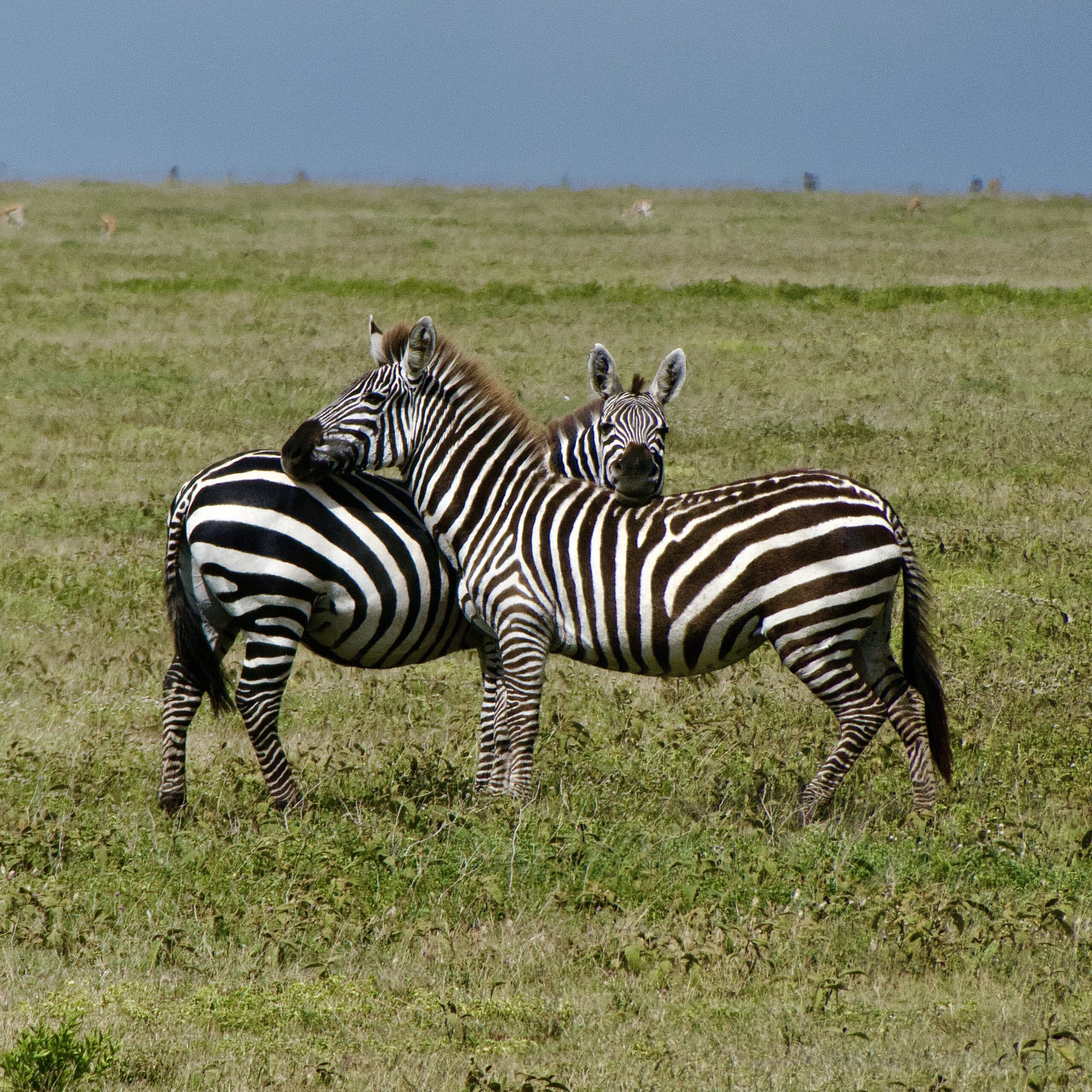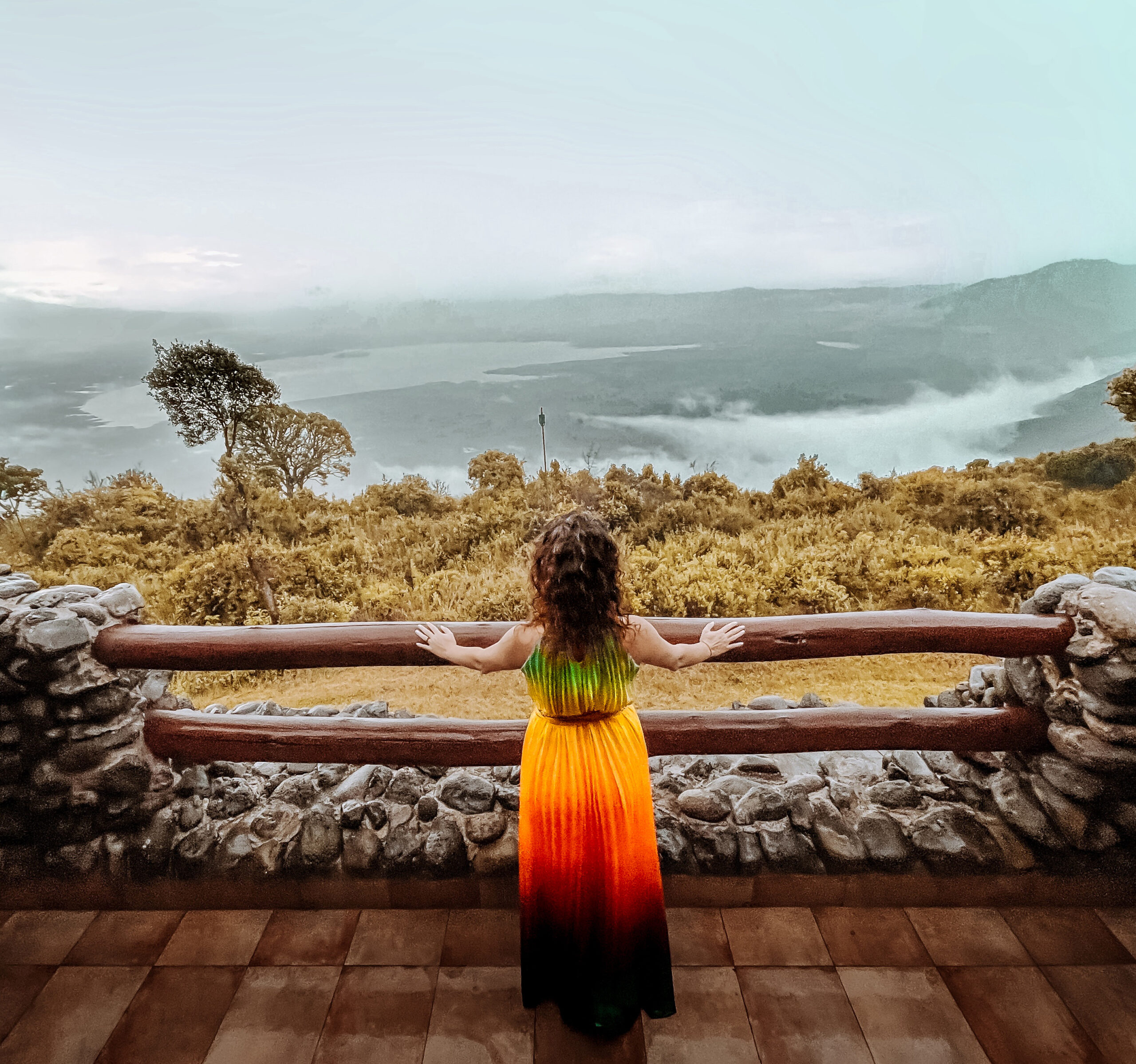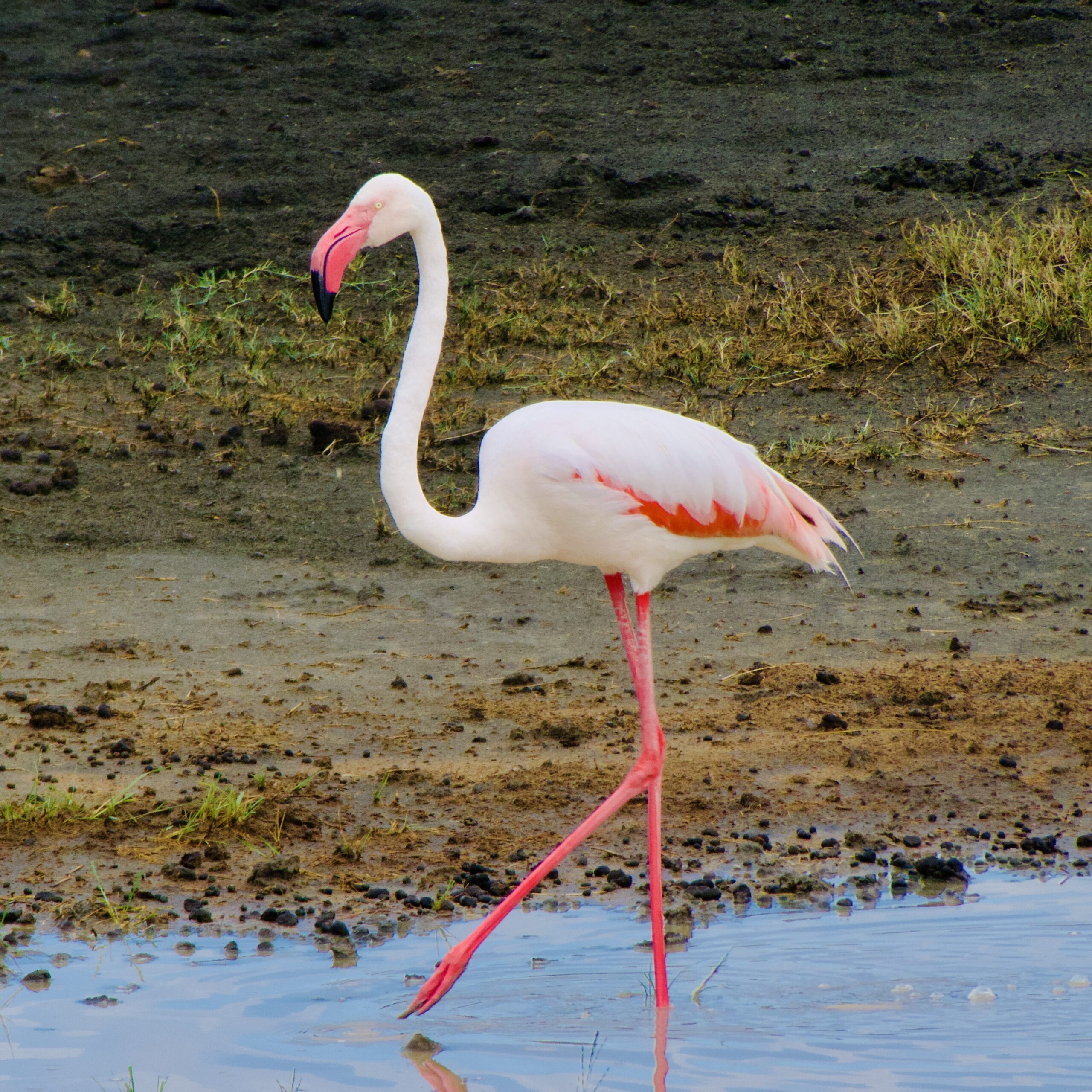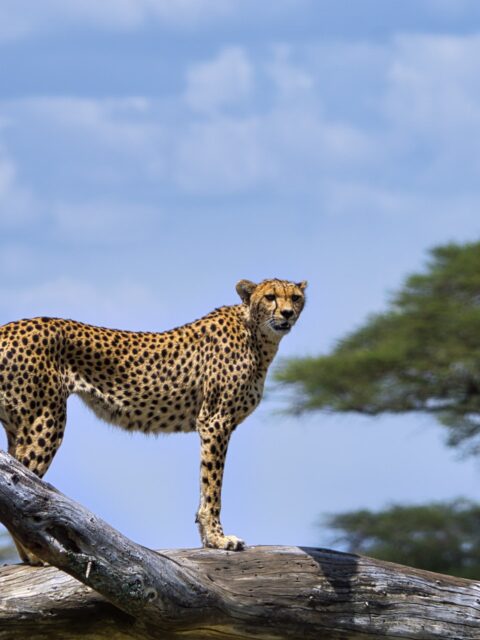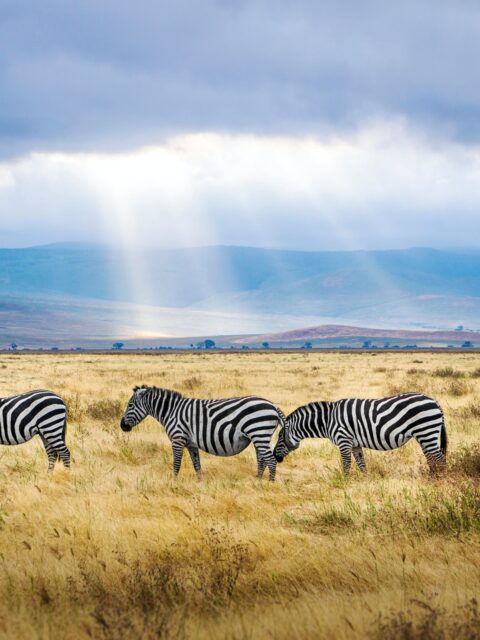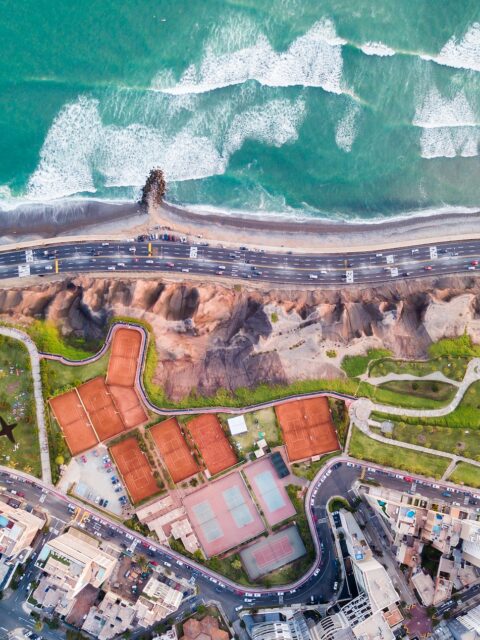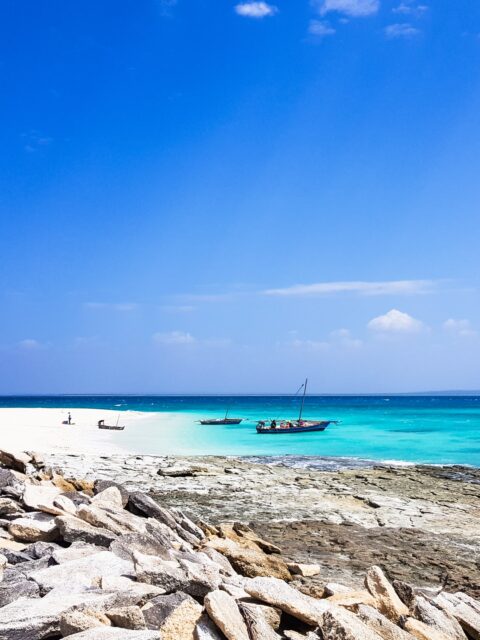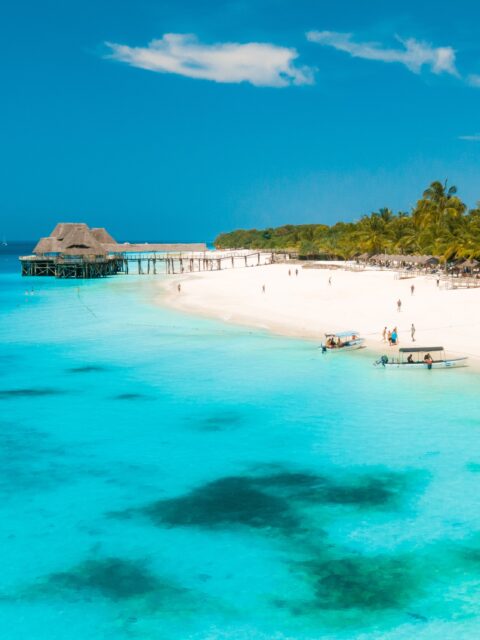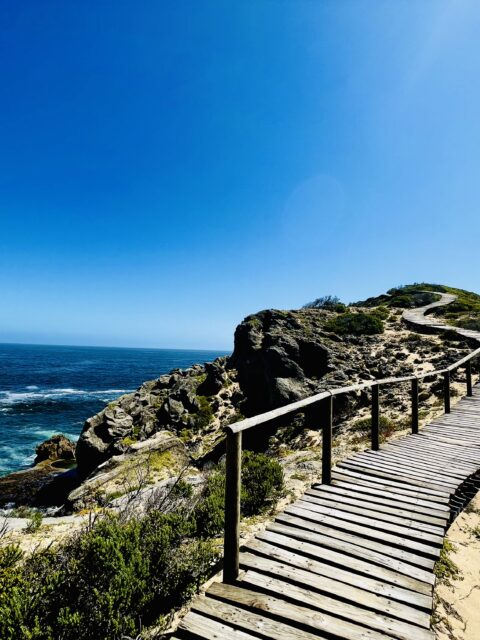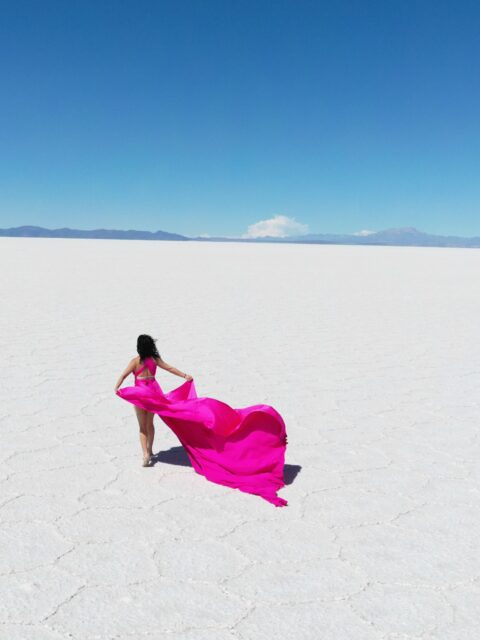Africa has some of the most breathtaking natural scenery and varied wildlife on the planet, and its national parks are some of the best places to experience the unmatched beauty and adventure of the continent. The national parks in Africa provide a variety of cultural and wildlife encounters, from the rainforests of Uganda to the deserts of Namibia. Exploring the best African national parks is a must-do activity, whether you’re a fan of nature, an adventurer, or just searching for a special travel experience. In this article, we’ll examine some of Africa’s best national parks in greater detail, highlighting the wildlife, culture, and adventure that make them unique.
Traveling to an African National Park
When you want to explore the African national parks, it is essential to understand the diversity of the continent and the wide array of accessible protected areas. From the mountains of Morocco to the forests of Madagascar, and from the savannahs of East Africa to the deserts of southern Africa, there is a wide variety of scenery, wildlife, and cultural encounters to be found. It can be a daunting task to choose which national park(s) to explore because there are more than 300 of them. Therefore, it’s important to take into account aspects like your interests, finances, and leisure time when choosing the best national park(s) for your needs.
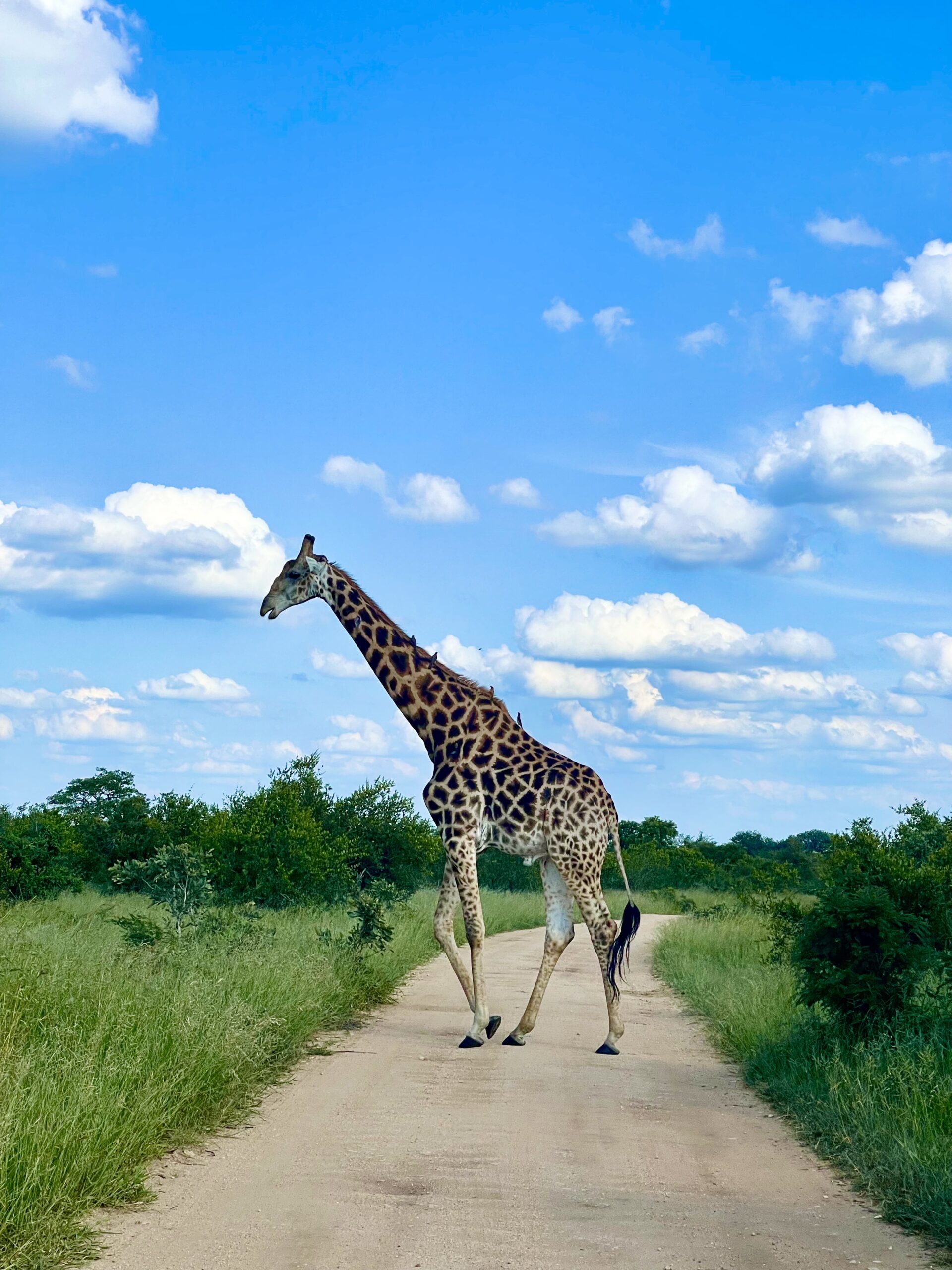
It’s important to keep in mind that the size, wildlife, and recreational opportunities of African national parks can vary greatly. While some parks give visitors the chance to see the Big Five, others might have fewer big mammals but more unusual bird species or primates. Some national parks may put a strong emphasis on cultural experiences, giving visitors a chance to engage with local people and discover traditional ways of living. To ensure an unforgettable experience and lasting memories, it is important to do extensive research before choosing a park to visit. You should also take your interests, the ideal time to visit, and your budget into account
Factors to take into account when visiting an African National Park
We summarised below some important factors to consider when organising a trip to an African national park.
Entrance fees and permits
The majority of national parks in Africa have an admission fee, and some may also require you to obtain permits for specific activities like hiking or gorilla trekking. Spend your money wisely by doing your homework on the entrance costs and permits needed for the park(s) you intend to visit.
Accommodation
Many national parks offer on-site lodging, but it’s essential to make reservations in advance as these choices can fill up quickly. If on-site lodging is not an option or is not your style, look into lodges or camping areas on the outskirts of park entrances.
Transportation
Due to their widespread dispersion, some national parks in Africa can be difficult to reach. To make sure you can reach the park(s) you intend to visit, take into account renting a vehicle or scheduling a guided tour.
Safety
Although national parks are usually safe places to visit, it’s essential to be alert to any potential hazards, like wildlife or weather-related dangers like flash floods. Always abide by park regulations and pay attention to park rangers’ or guides’ advice.
Climate
Due to Africa’s size and diversity, the continent’s climate varies significantly by region and season. Pack appropriately and be prepared for the weather in the park(s) you intend to explore.
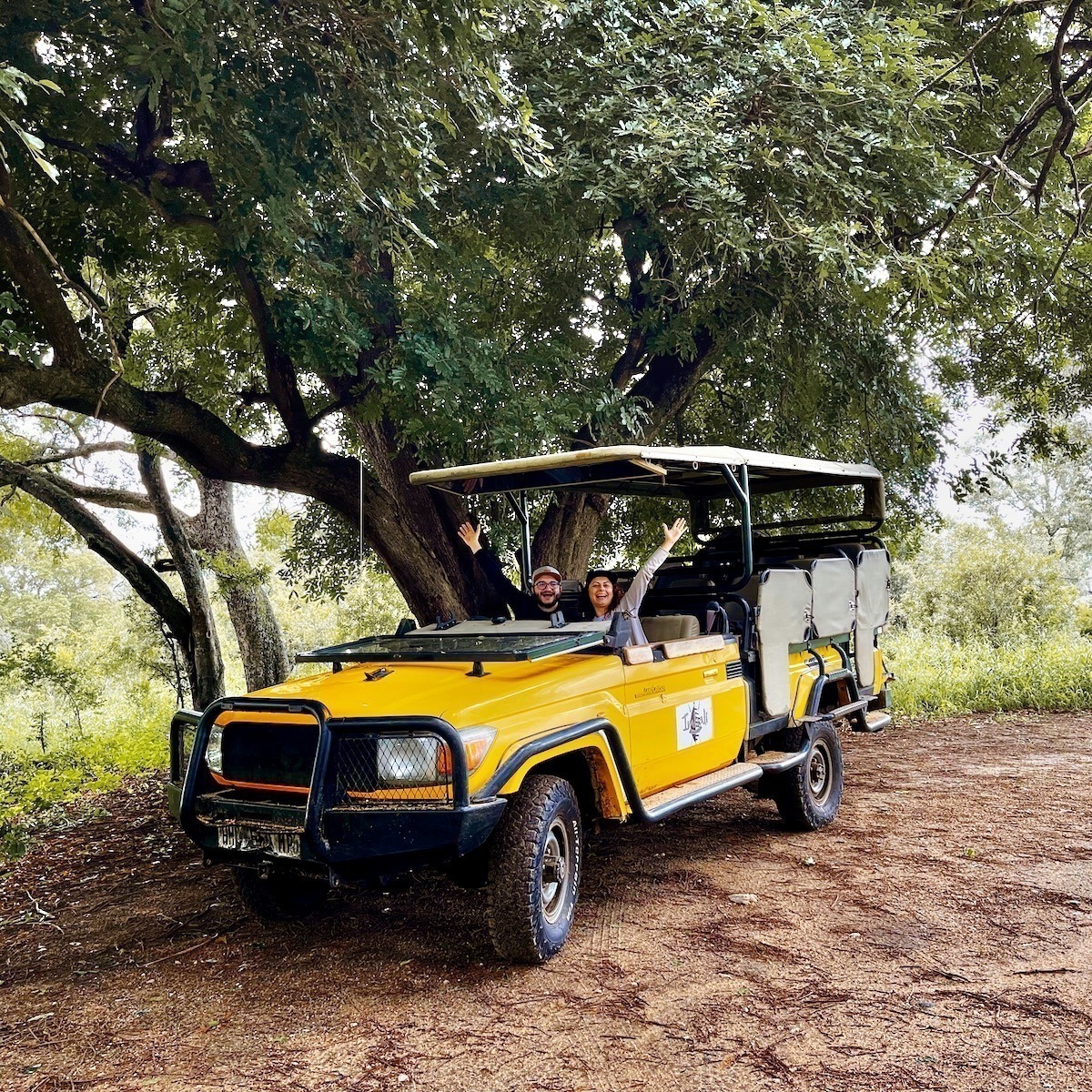
You can ensure you have a safe and enjoyable trip to an African national park by taking these things into account and doing your research beforehand.
Best African National Parks
We made a list of the most important national parks you can visit in Africa.
1. Serengeti National Park
Best time to visit: during the dry season, from late June to October.
The Serengeti is well-known for hosting the yearly wildebeest migration, but it is also home to a variety of other animals, such as lions, leopards, elephants, and giraffes. You can enjoy game drives, hot-air balloon safaris, and escorted walking trips during your visit.
Conservation measures in place: Anti-poaching steps have been put in place by the Tanzania National Parks Authority (TANAPA), including more frequent patrols and the use of gadgets like drones and camera traps. The Grumeti Fund, a nonprofit, collaborates with TANAPA to prevent poaching and promote community growth in order to safeguard the park and its wildlife.
Check out accommodations and organized tours in or check out our detailed article about the Serengeti National Park.
2. Maasai Mara National Reserve
Best time to visit: between July and October during the wildebeest migration.
Kenya’s Maasai Mara National Reserve is home to elephants, zebras, hippos, and other large animals in addition to its remarkable lion population. You can embark on game drives, hot-air balloon safaris, and guided walking trips while you are there.
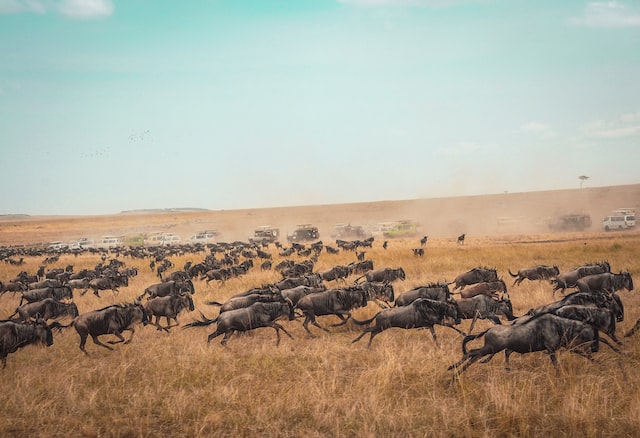
Conservation measures in place: In order to combat poaching, the Kenya Wildlife Service (KWS) has boosted patrols and used technology like drones and camera traps. Through anti-poaching initiatives and community development initiatives, The Mara Elephant Project, a nonprofit group, collaborates with KWS to safeguard the park’s elephant population.
Check out accommodations and organized tours in the Maasai Mara National Reserve.
3. Kruger National Park
Best time to visit: during the dry winter months, from May to September.
Located in southern Africa, the Kruger National Park is the oldest and largest national park in South Africa. The park is about the size of Israel and has a rich history. In addition to elephants and lions, the park is home to 142 species of mammals, including the Big Five as well as other species like cheetahs, wild dogs, and hyenas. Here you can go on game drives, guided walks, and even mountain bike adventures.
Conservation measures in place: Anti-poaching steps have been put in place by the South African National Parks (SANParks), including more frequent patrols and the use of tracking dogs and drones. In order to prepare wounded or orphaned animals for release back into the wild, the Kruger National Park also runs a wildlife rehabilitation program.
Check out accommodations and organized tours in the Kruger National Park.
4. Okavango Delta
Best time to visit: during the dry season, from May to September.
Elephants, lions, and hippos are among the many animals that frequent the Okavango Delta in Botswana, a special habitat. Visitors can take guided mokoro (dugout canoe) excursions, walking safaris, and game drives to experience the delta.
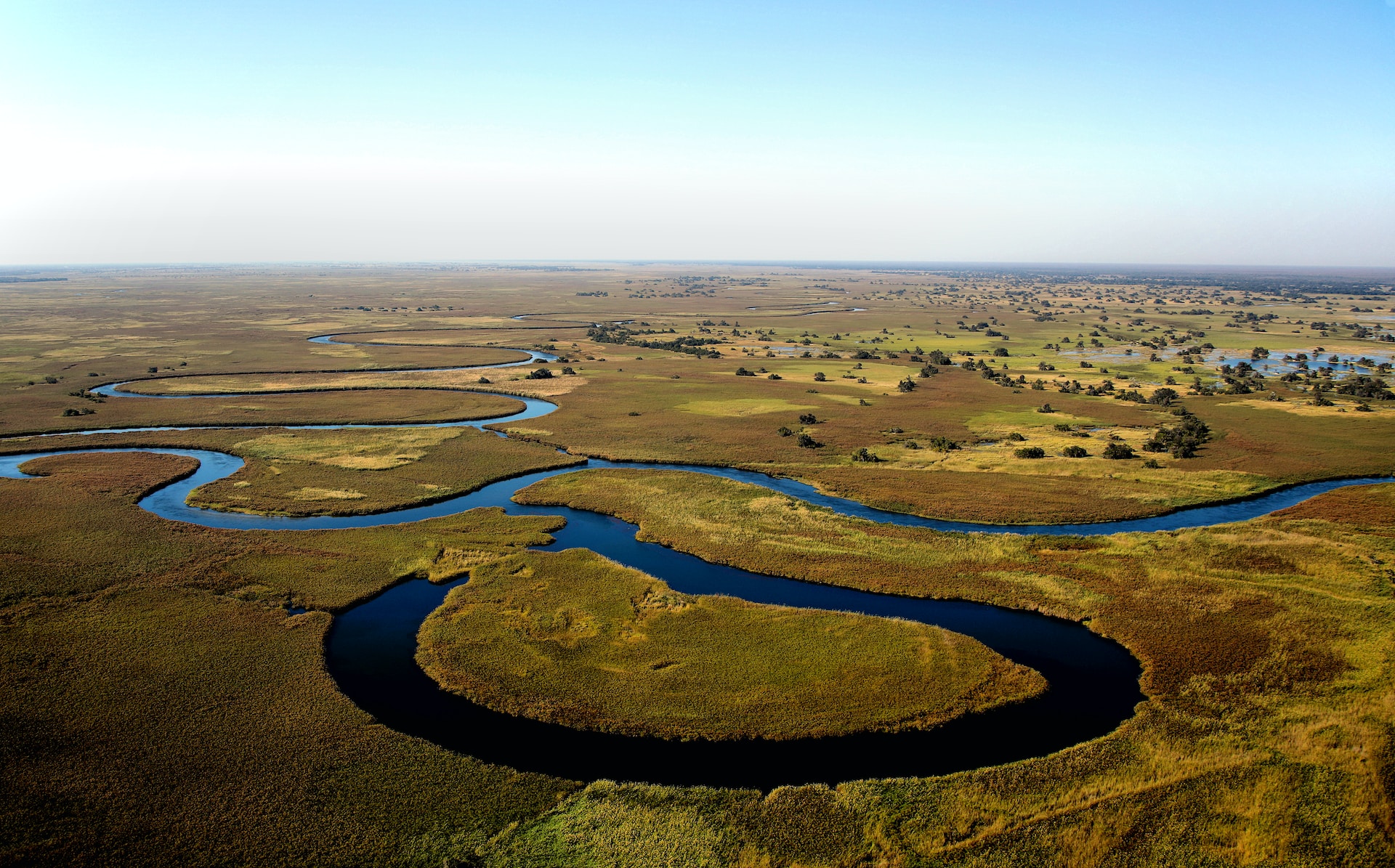
Conservation measures in place: The Botswana government’s Okavango Delta Management Plan seeks to safeguard the delta and its wildlife through initiatives like anti-poaching patrols, tourism management, and community development initiatives. Due to its significance as a wetland habitat, the Delta is also a protected Ramsar site.
Check out accommodations and organized tours in the Okavango Delta.
5. Virunga National Park
Best time to visit: during the dry season, from mid-December to February, and from June to September.
The Democratic Republic of the Congo’s Virunga National Park is a UNESCO World Heritage Site that also features active volcanoes and a wide variety of birdlife. It is home to the critically threatened mountain gorilla. Travelers can take boat excursions on Lake Edward, go on hiking adventures, or go on gorilla trekking tours. Make sure you research the current safety conditions before planning a trip to the park.
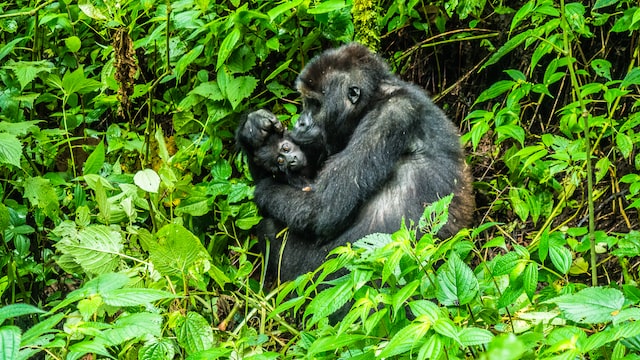
Conservation measures in place: A non-profit group called The Virunga Alliance collaborates with the Congolese government to protect the park and its wildlife through anti-poaching measures, community development initiatives, and sustainable tourism programs. In order to prepare young gorillas for release back into the wild, the park also runs a gorilla rehabilitation program.
Check out organized tours in the Virunga National Park.
6. Bazaruto Archipelago National Park
Best time to visit: during the dry season, from May to November.
The six-island Bazaruto Archipelago National Park in Mozambique is well-known for its stunning beaches, clear waterways, and a variety of marine life. There are plenty of activities available to experience Mozambique’s Bazaruto Archipelago National Park. Visitors can enjoy diving and snorkeling in the clear waters where they can see a variety of aquatic life, including dolphins, whales, and sharks (here is where we have seen the endangered dugong!). Beautiful beaches in the park offer chances for swimming and tanning. For adventure-seekers, kayaking, sailing, and windsurfing are available. Make sure to embark on a guided tour of the islands to explore their distinct ecosystems and discover more about the history and culture of the region.
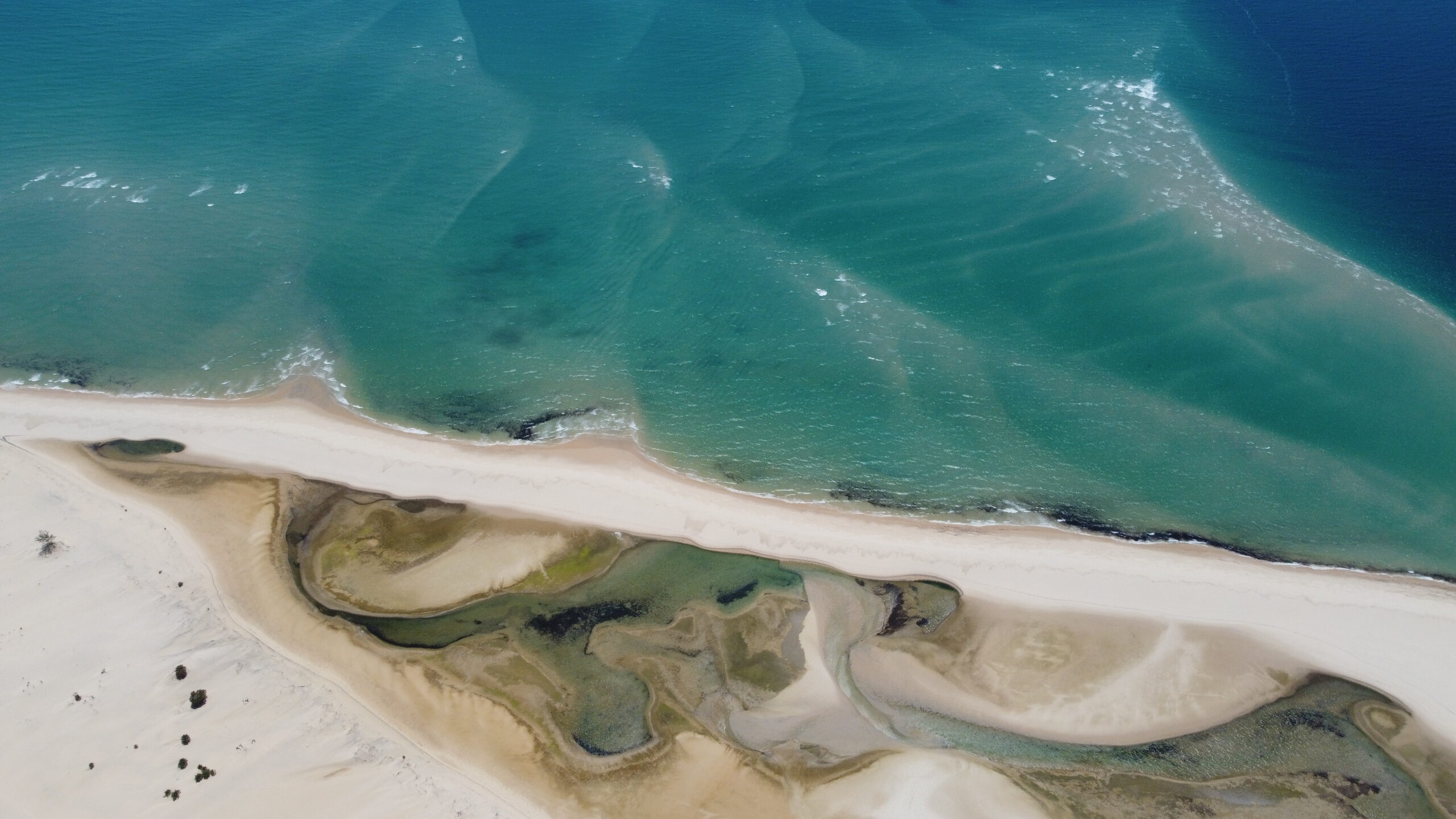
Conservation measures in place: The government of Mozambique has put anti-poaching measures in place and collaborates with charitable groups like the Bazaruto Center for Scientific Studies to monitor and safeguard the park’s wildlife. In order to preserve the coral reefs and marine life in the park, the Bazaruto Archipelago National Park also runs a marine conservation initiative.
7. Murchison Falls National Park
Best time to visit: during the dry season, from December to February, and from June to September.
Uganda’s Murchison Falls National Park is home to a wide variety of animals, including elephants, giraffes, lions, and hippos. It is situated in the country’s northern region. The main attraction is the impressive Murchison Falls, where the Nile River is pushed through a small gorge before plunging down a 43-meter waterfall.
Conservation measures in place: To safeguard the wildlife in the park, the Uganda Wildlife Authority (UWA) has put anti-poaching measures in place and collaborates with charitable organizations like the Uganda Conservation Foundation. In order to reintroduce black rhinos to the park, there is also a rhino conservation initiative.
Check out accommodations and organized tours in Murchison Falls National Park.
8. Toubkal National Park
Best time to visit: from April to October, when the weather is mild and the trekking conditions are good.
The highest point in North Africa, Mount Toubkal, is found in Morocco’s Toubkal National Park, which is situated in the High Atlas Mountains. The park is well-known for its rough mountain scenery, alpine meadows, and typical Berber towns.
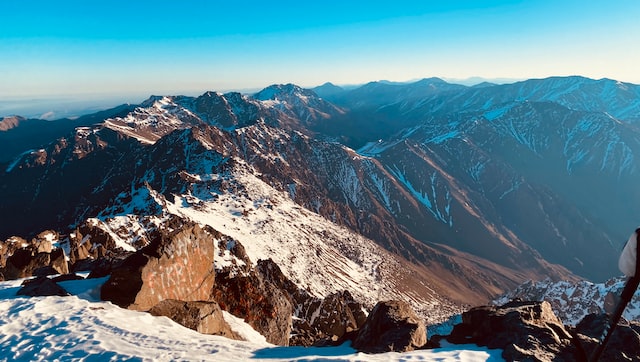
Conservation measures in place: In order to safeguard the park and its wildlife, the Moroccan government has put in place anti-poaching steps and promoted environmentally friendly travel. The area also offers community development initiatives aimed at improving the locals’ quality of life.
Check out accommodations and organized tours in the Toubkal National Park.
9. Chobe National Park
Best time to visit: during the dry season, from May to September.
Chobe National Park in Botswana is home to numerous antelope species as well as lions, leopards, buffalo, and a sizable community of elephants. Boat safaris along the Chobe River allow visitors to view the park’s wildlife from a new angle.
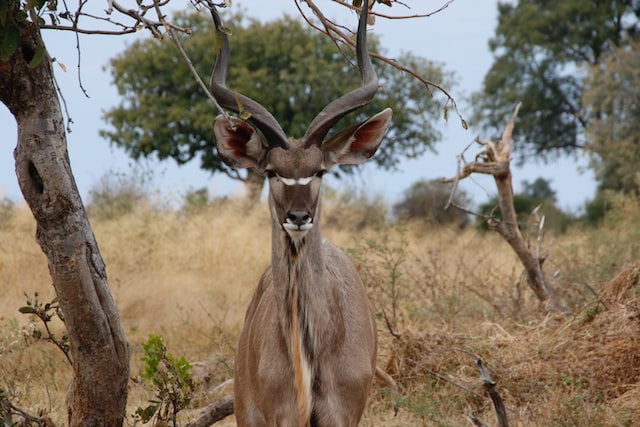
Conservation measures in place: To safeguard the wildlife in the park, the government of Botswana has put anti-poaching measures in place and collaborates with charitable organizations like the Chobe Wildlife Trust. In order to enhance local communities’ quality of life, the park also offers community development initiatives.
Check out accommodations and organized tours in Chobe National Park.
10. Akagera National Park
Best time to visit: during the dry season, from June to September.
Elephants, giraffes, zebras, and antelopes can all be found in the Akagera National Park in Rwanda, which is located in the country’s eastern region. The park is also well-known for its birdlife, with over 500 different species of birds recorded.
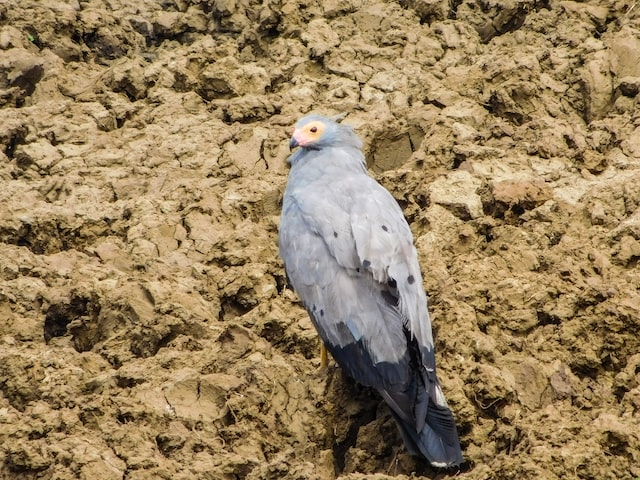
Conservation measures in place: The Akagera Management Company and other nonprofits collaborate with the Rwanda Development Board to execute anti-poaching measures and safeguard the park’s wildlife. Additionally, the area offers community development initiatives aimed at enhancing the locals’ quality of life.
Check out organized tours in the Akagera National Park.
11. Etosha National Park
Best time to visit: during the dry season, from May to September.
One of Namibia’s most well-liked tourism destinations is Etosha, which is renowned for its sizable salt pan and variety of wildlife. Here you can expect to see elephants, lions, giraffes, zebras, rhinos, and various antelope species.
Conservation measures in place: To protect the park’s rhinos, the Namibian government has put in place anti-poaching measures and collaborates with charitable groups like the Save the Rhino Trust.
Check out accommodations and organized tours in Etosha National Park.
12. Simien Mountains National Park
Best time to visit: from September to November and from January to March, when the weather is dry and the trekking conditions are good.
The Ethiopian wolf and the Gelada baboon are just two of the unusual animals that you can find in the Simien Mountains National Park. The park also offers opportunities for trekking in order to enjoy the gorgeous scenery.
Conservation measures in place: The Ethiopian government has put in place anti-poaching measures and collaborates with charitable groups like the Simien Mountains Mobile Medical Service to offer healthcare to regional populations.
13. Tsingy de Bemaraha National Park
Best time to visit: during the dry season, from April to November.
Madagascar’s Tsingy de Bemaraha National Park is home to a variety of animals, including lemurs and numerous bird species. Tsingy de Bemaraha is a UNESCO World Heritage Site that you can visit through numerous suspension bridges and hiking paths.
Conservation measures in place: The Madagascar National Parks group, works to safeguard the park’s ecological assets and advance environmentally friendly travel. The park has anti-poaching steps in place, such as park ranger patrols and community-based conservation initiatives.
14. Tarangire National Park
Best time to visit: during the dry season, from July to October.
Tanzania’s Tarangire National Park is a hidden treasure and is well-known for its enormous elephant herds. Visitors can enjoy the sights of numerous bird species, along with lions, leopards, and other big cats.
Conservation measures in place: Tanzania National Parks organization, works to protect the park’s natural assets and promote environmentally friendly tourism.
Check out accommodations and organized tours in the Tarangire National Park or read more about things to see in Tanzania.
15. Ngorongoro Conservation Area
Best time to visit: during the dry season, from June to October.
Due to its exceptional natural beauty and distinctive fusion of cultural and natural significance, the Ngorongoro Conservation Area, which contains the Ngorongoro Crater, was named a UNESCO World Heritage Site in 1979. The crater is the world’s largest intact, undamaged caldera, and it is home to an amazing concentration of wildlife, including some of the last black rhinos in existence. Additionally, the Maasai people also reside in the conservation area, where they have done so for generations, living in harmony with the local wildlife. The Ngorongoro Conservation Area is an outstanding illustration of how people and wildlife can coexist in a protected region.
Conservation measures in place: The Ngorongoro Conservation Area Authority (NCAA), strives to protect the region’s natural and cultural resources through anti-poaching measures and community-based conservation initiatives. There are several wildlife rehabilitation facilities in the conservation area, including the Ngorongoro Conservation Area Wildlife Clinic.
Check out accommodations and organized activities in the Ngorongoro Conservation Area.
Conclusion
In conclusion, visiting African national parks is an exhilarating experience that combines wildlife, culture, and excitement. There are more than 300 national parks to choose from, so it’s important to do your homework and consider options like entrance fees, lodging, transportation, safety, and climate to guarantee a memorable trip. The Serengeti National Park, Maasai Mara National Reserve, and Kruger National Park are three of Africa’s top national parks that give tourists the opportunity to see the Big Five and other distinctive wildlife while taking part in a variety of activities like game drives, hot-air balloon safaris, and guided walks. With the proper planning, any traveler looking for a singular and unforgettable experience can accomplish their goal of visiting an African national park.
Affiliate Disclaimer: Some of the links in our articles are affiliate links. This means that if you click on the link and make a purchase, we may earn a commission at no additional cost to you. We only recommend products and services that we believe in and that we think will be useful for our readers.
* Affiliate Disclaimer: Some of the links in our articles are affiliate links. This means that if you click on the link and make a purchase, we may earn a commission at no additional cost to you. We only recommend products and services that we believe in and that we think will be useful for our readers.

